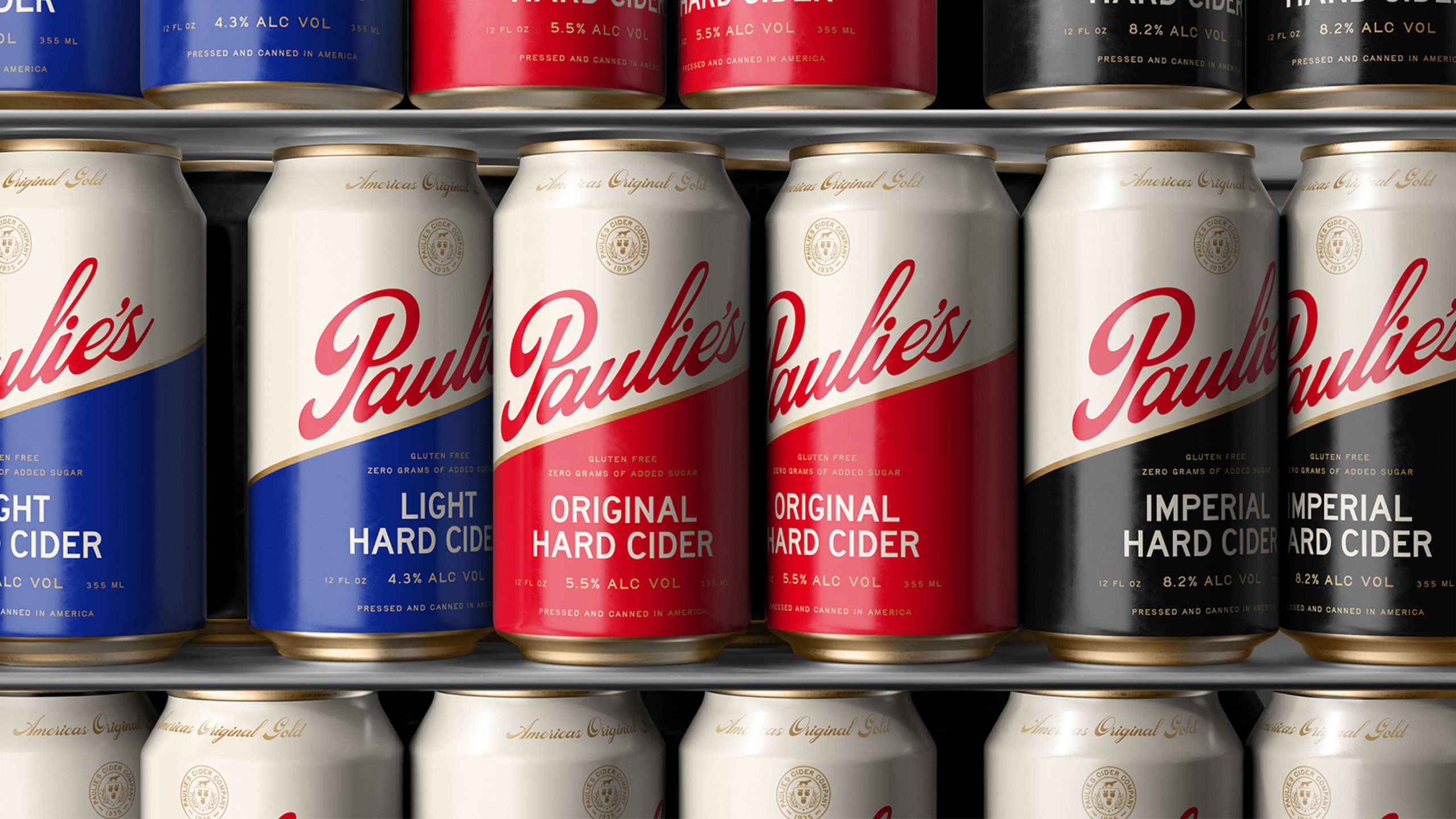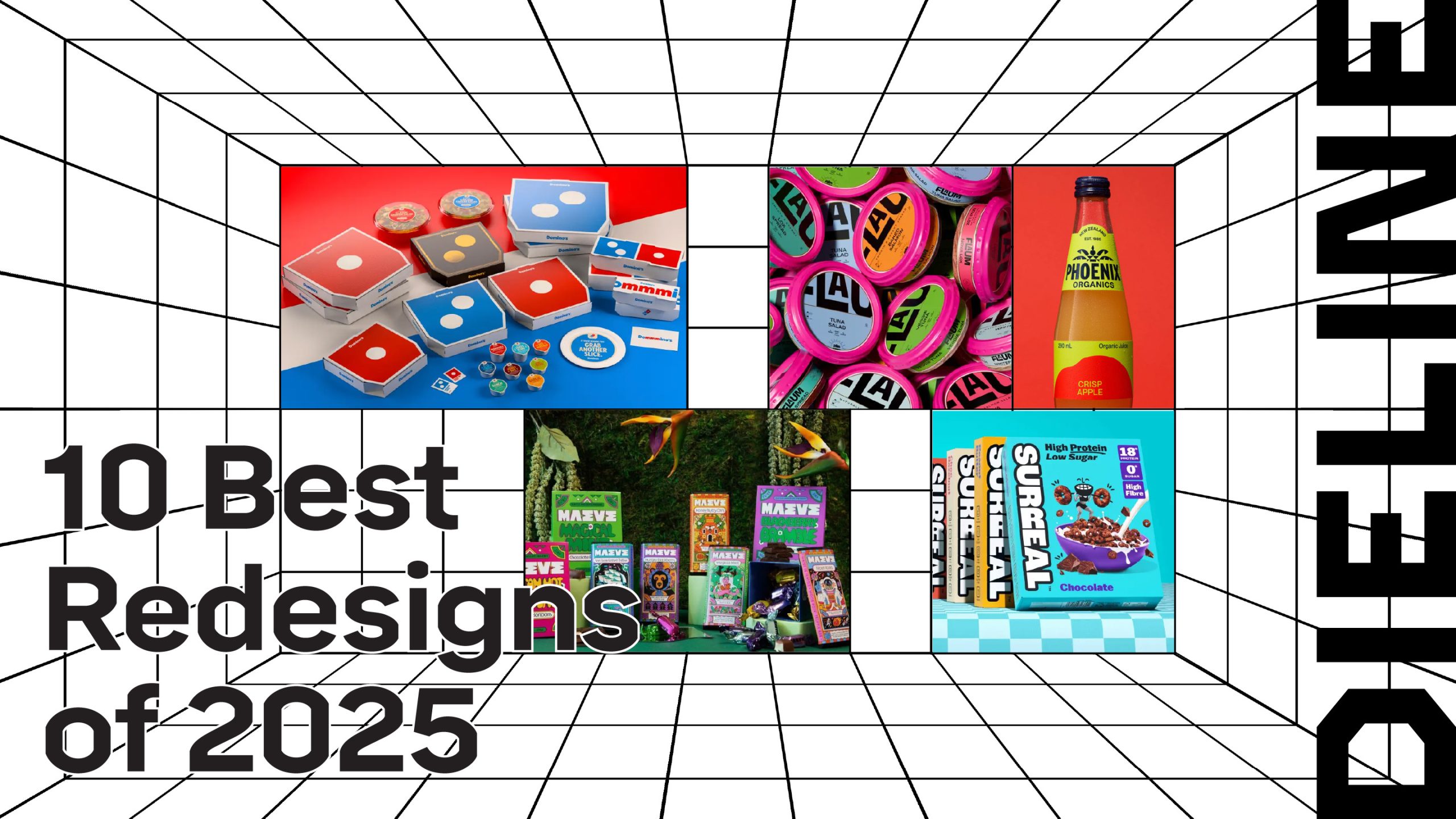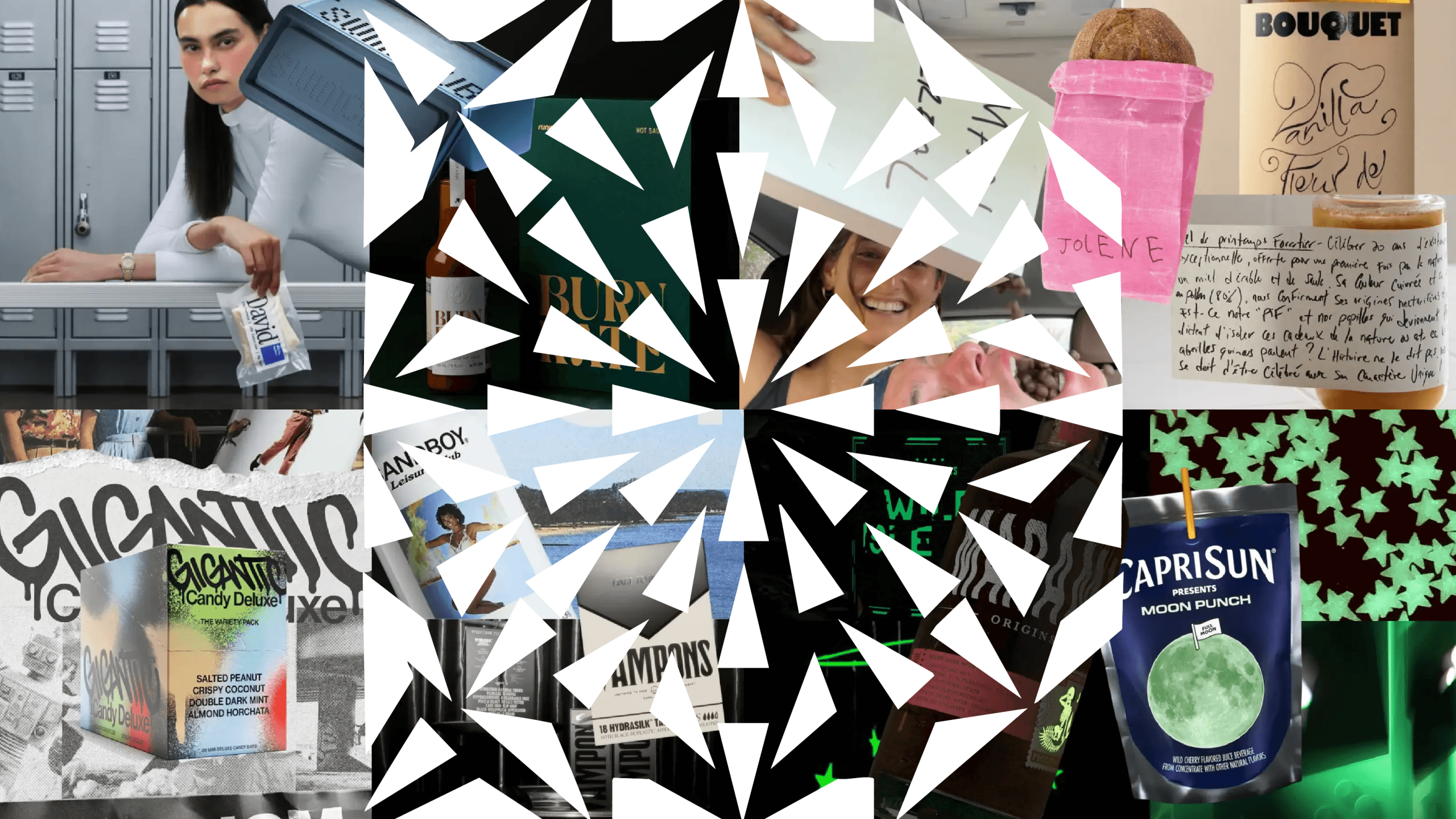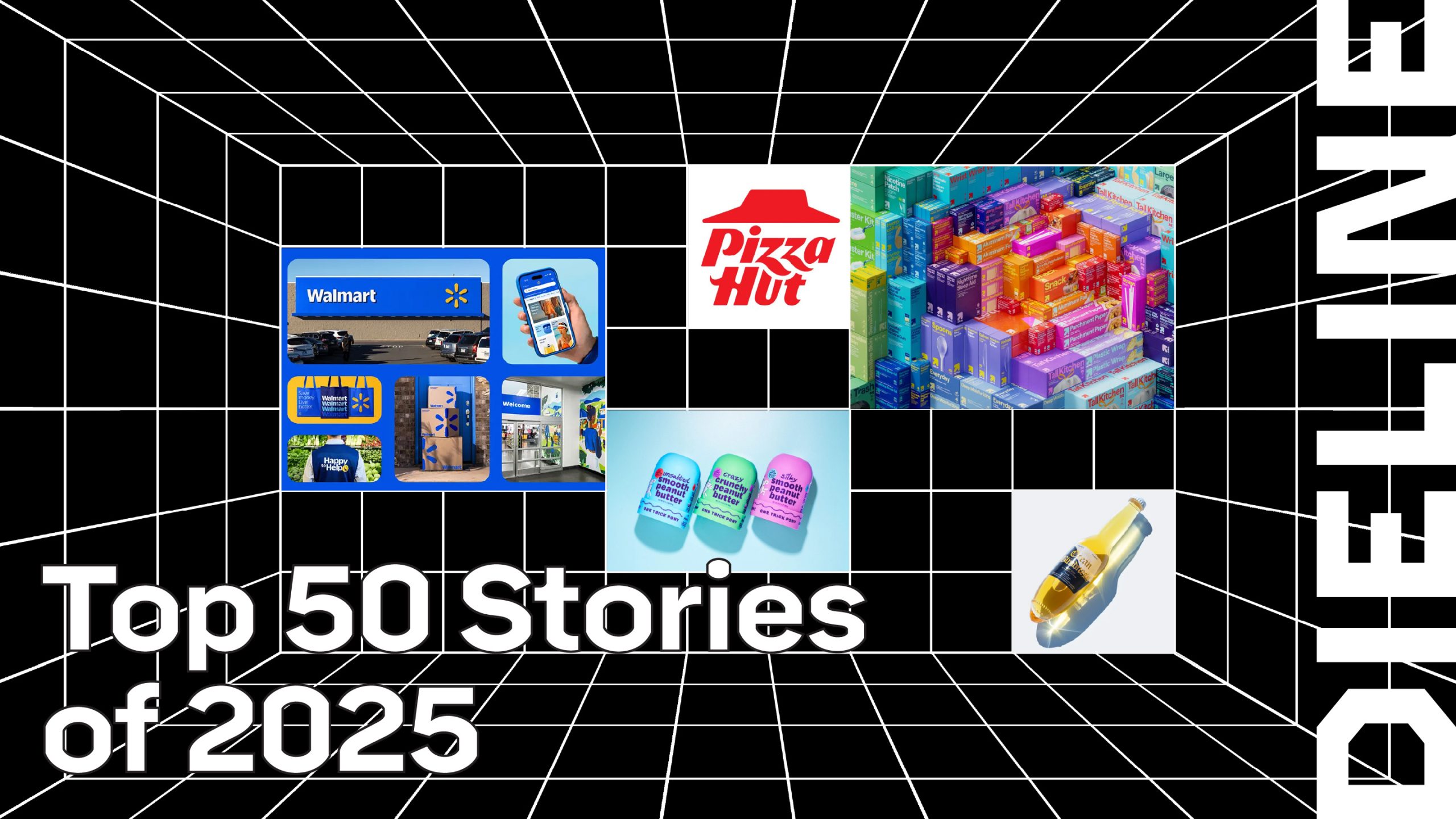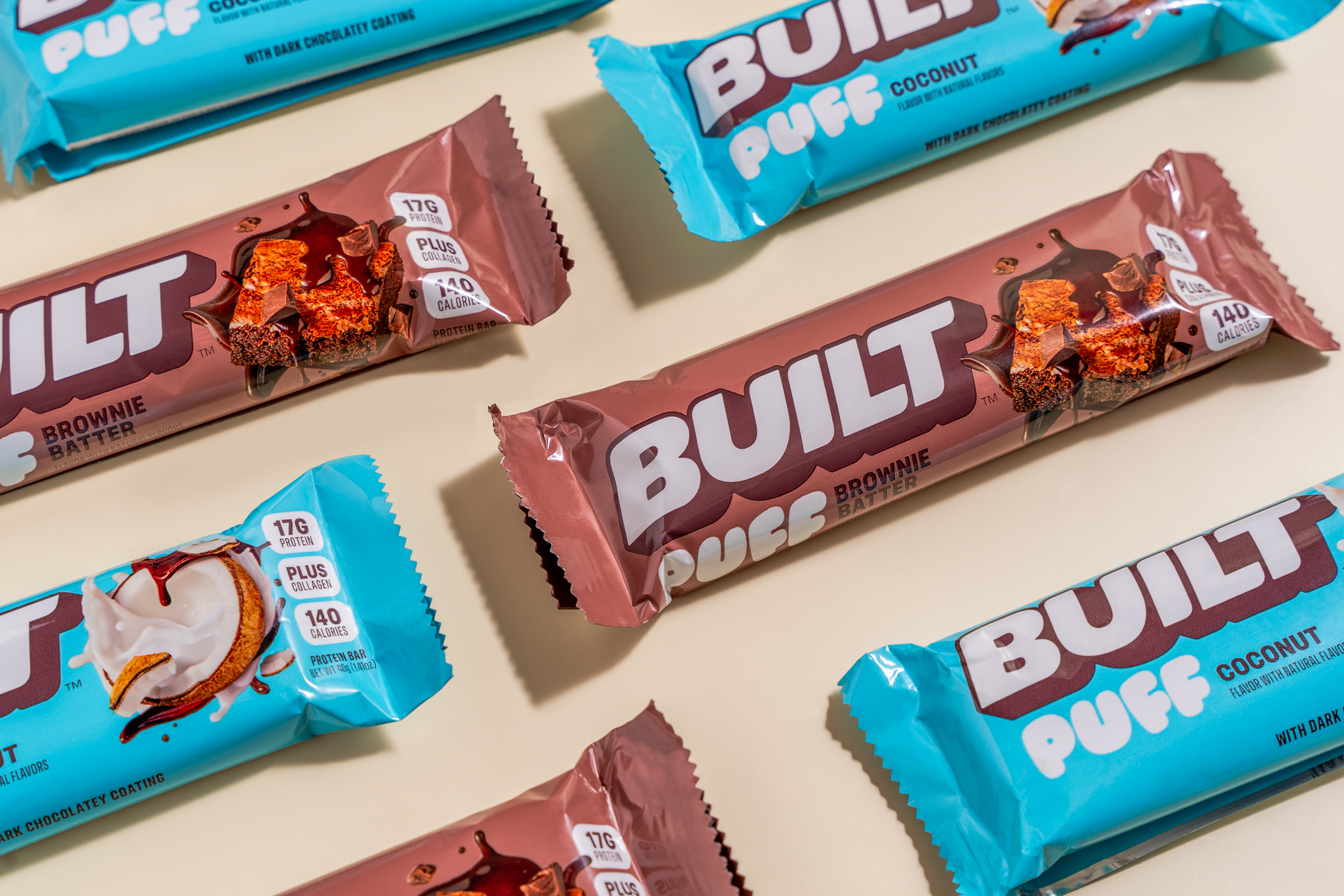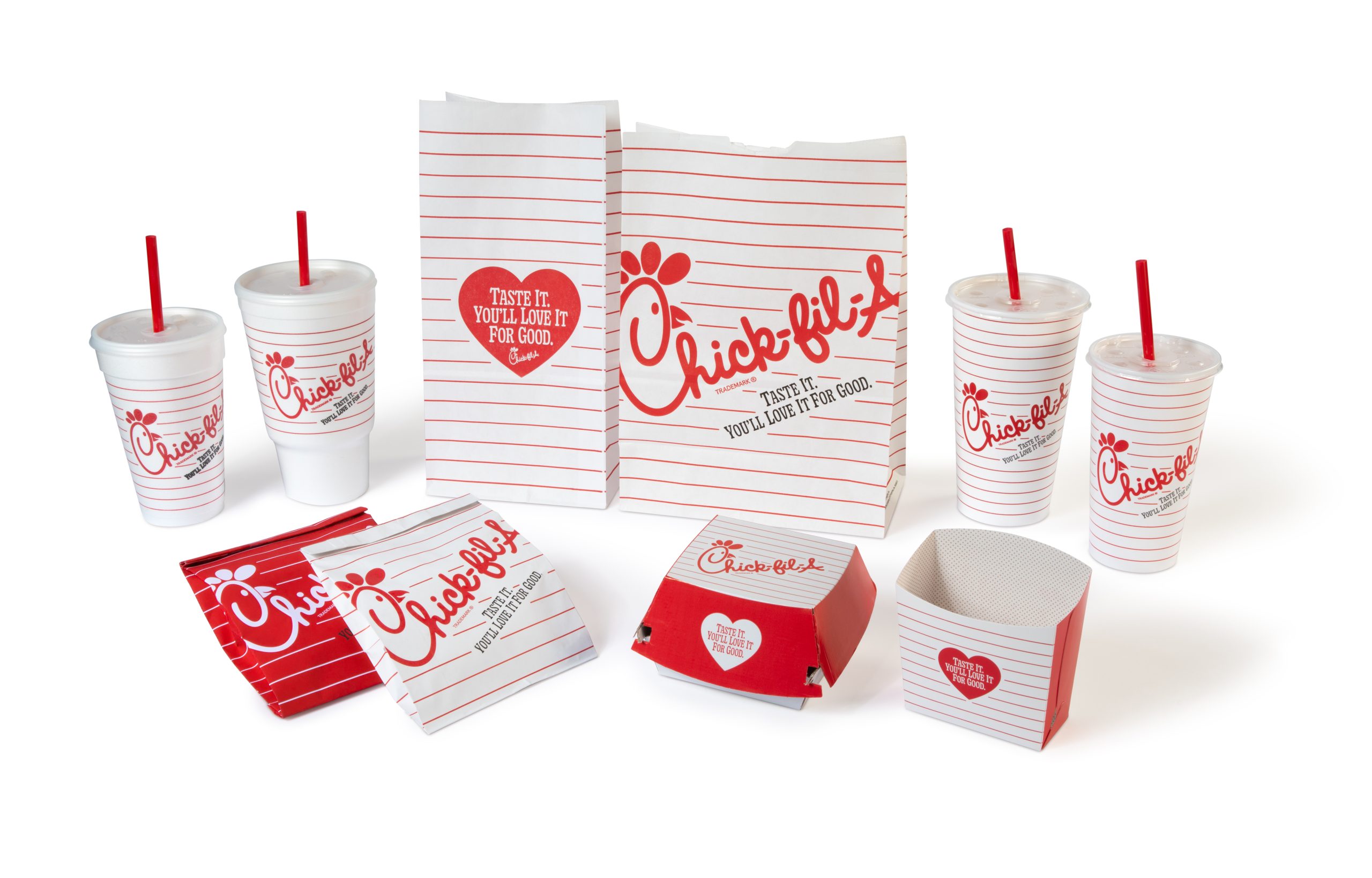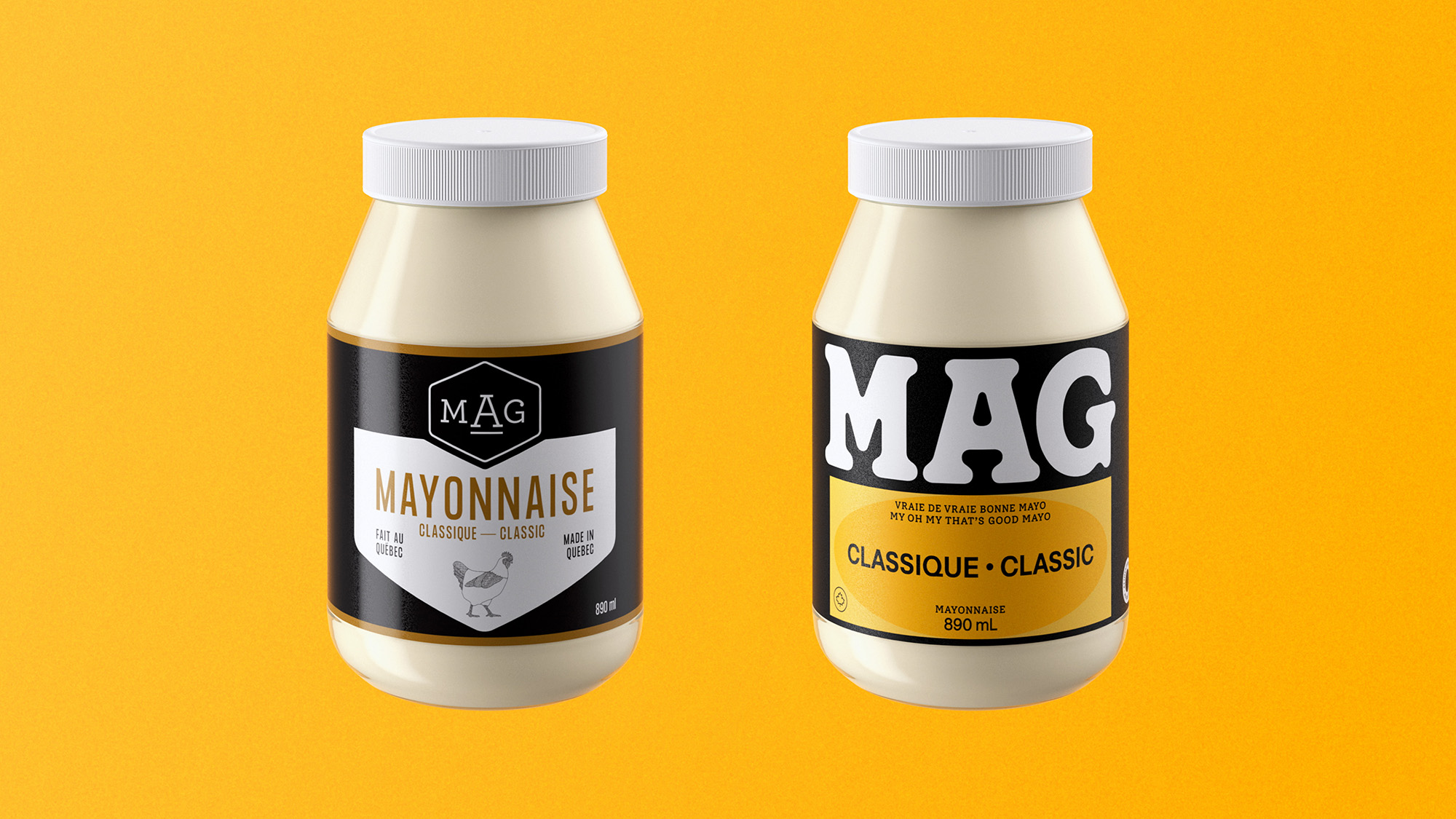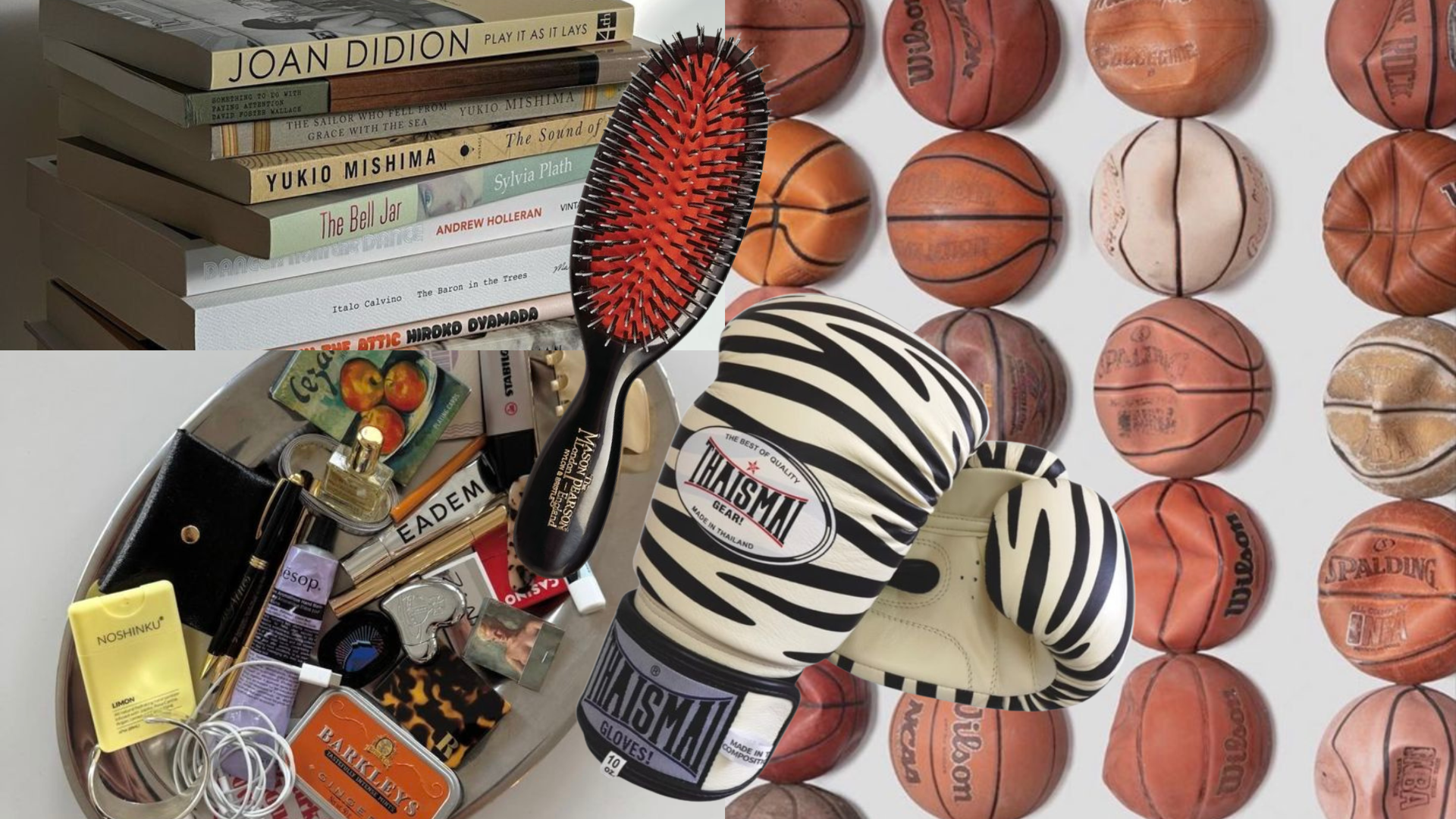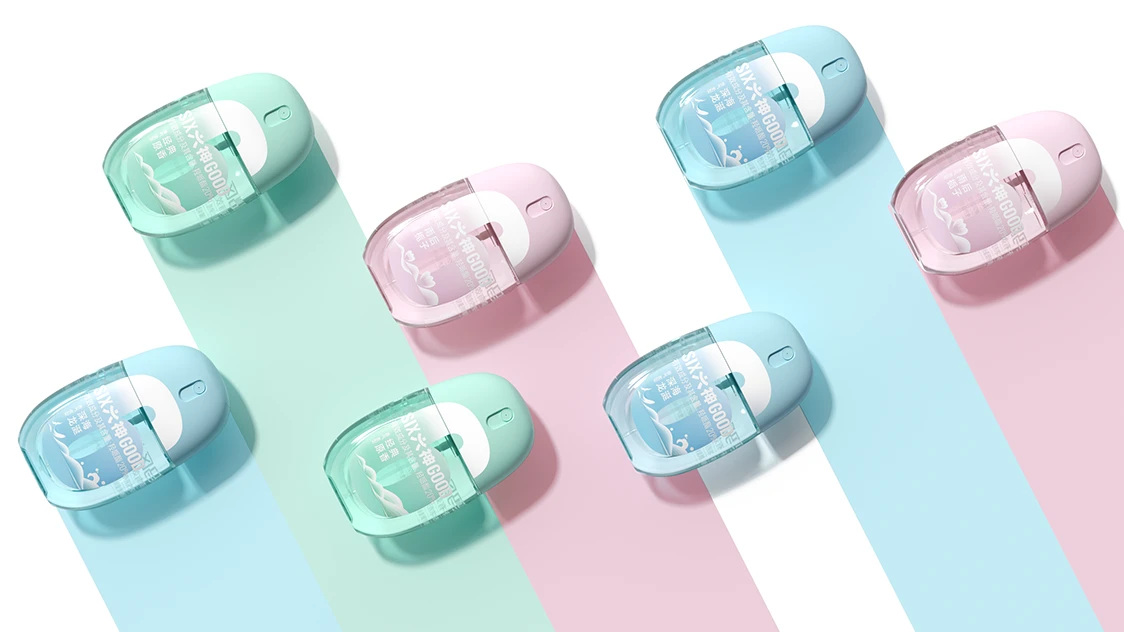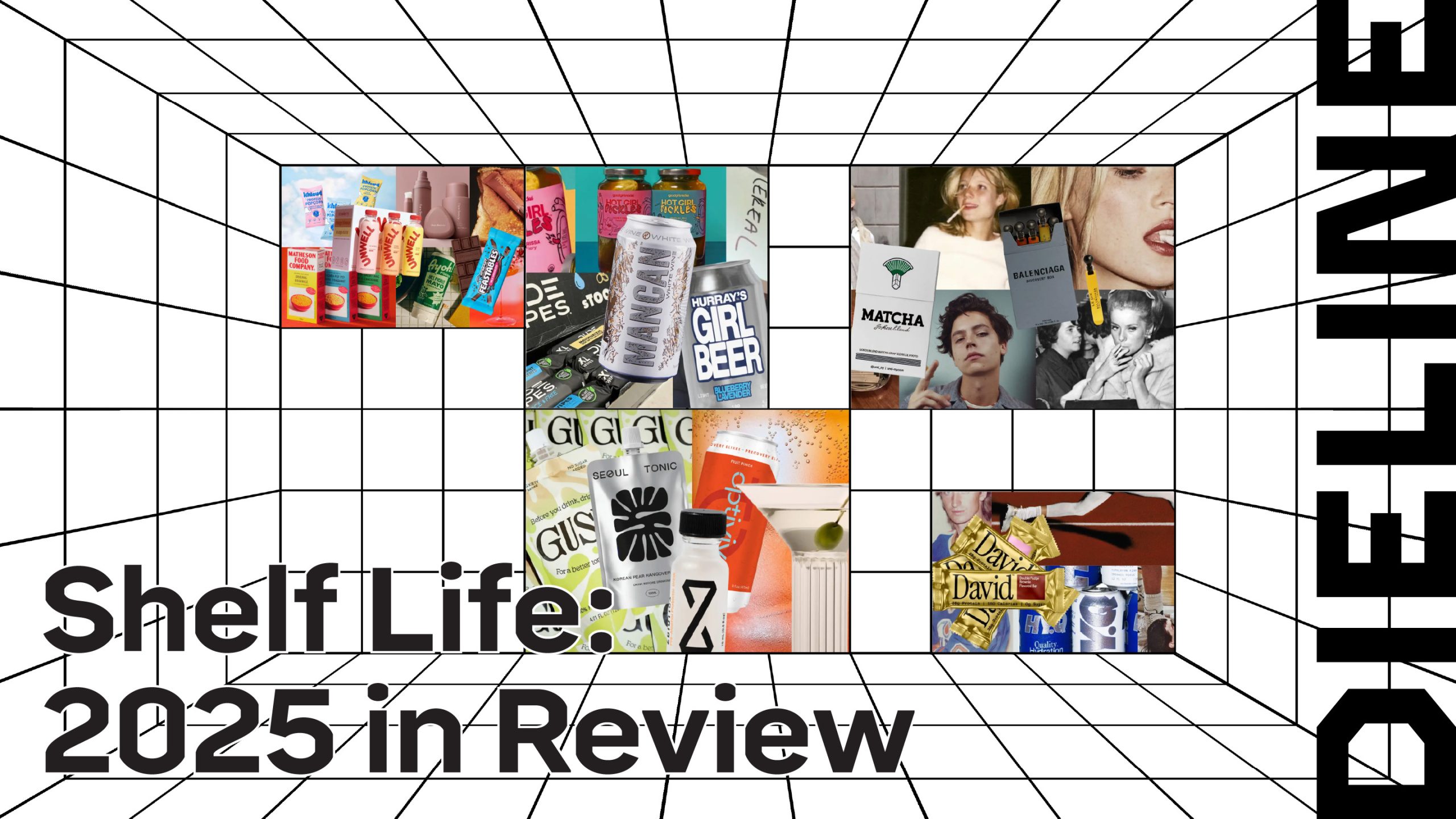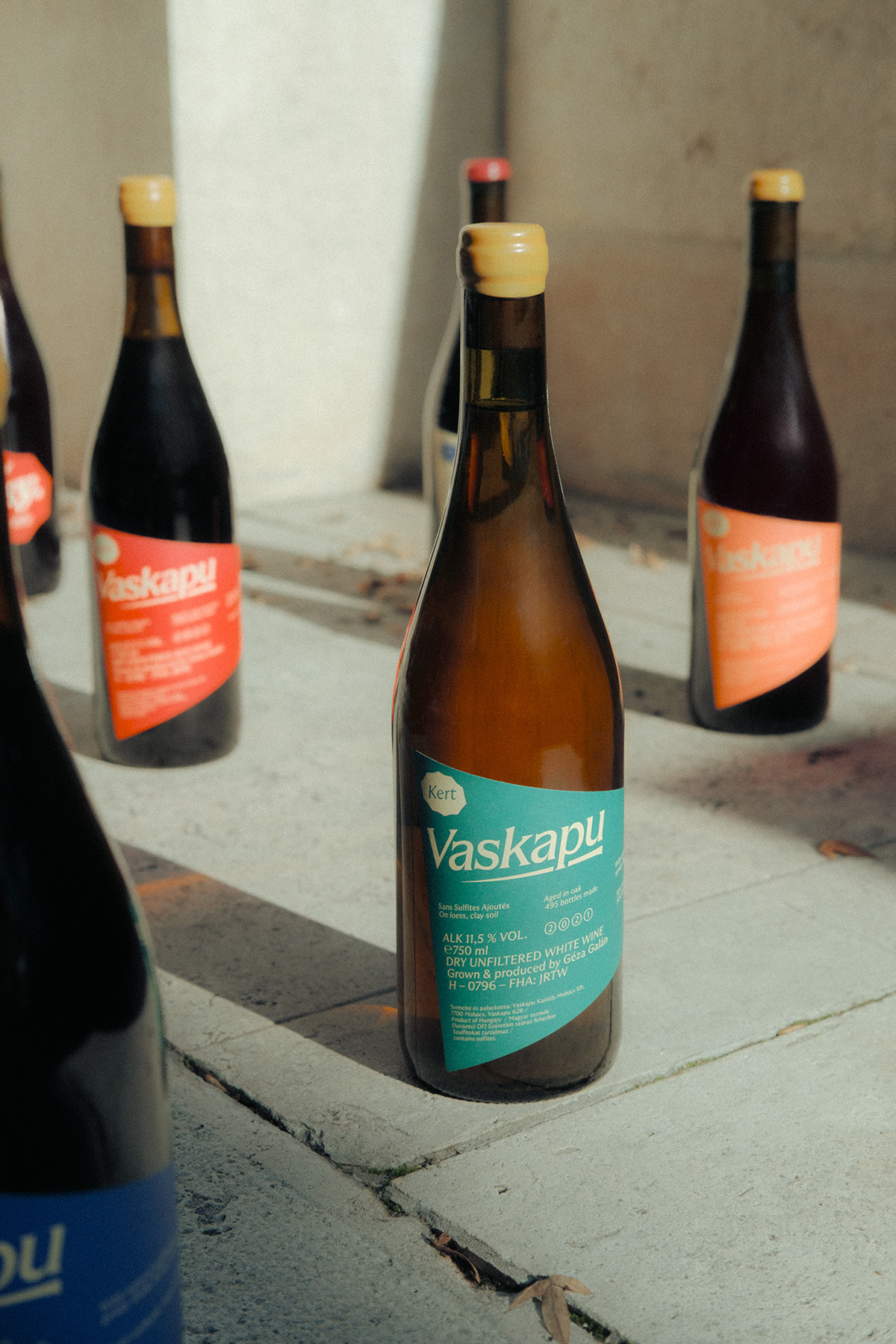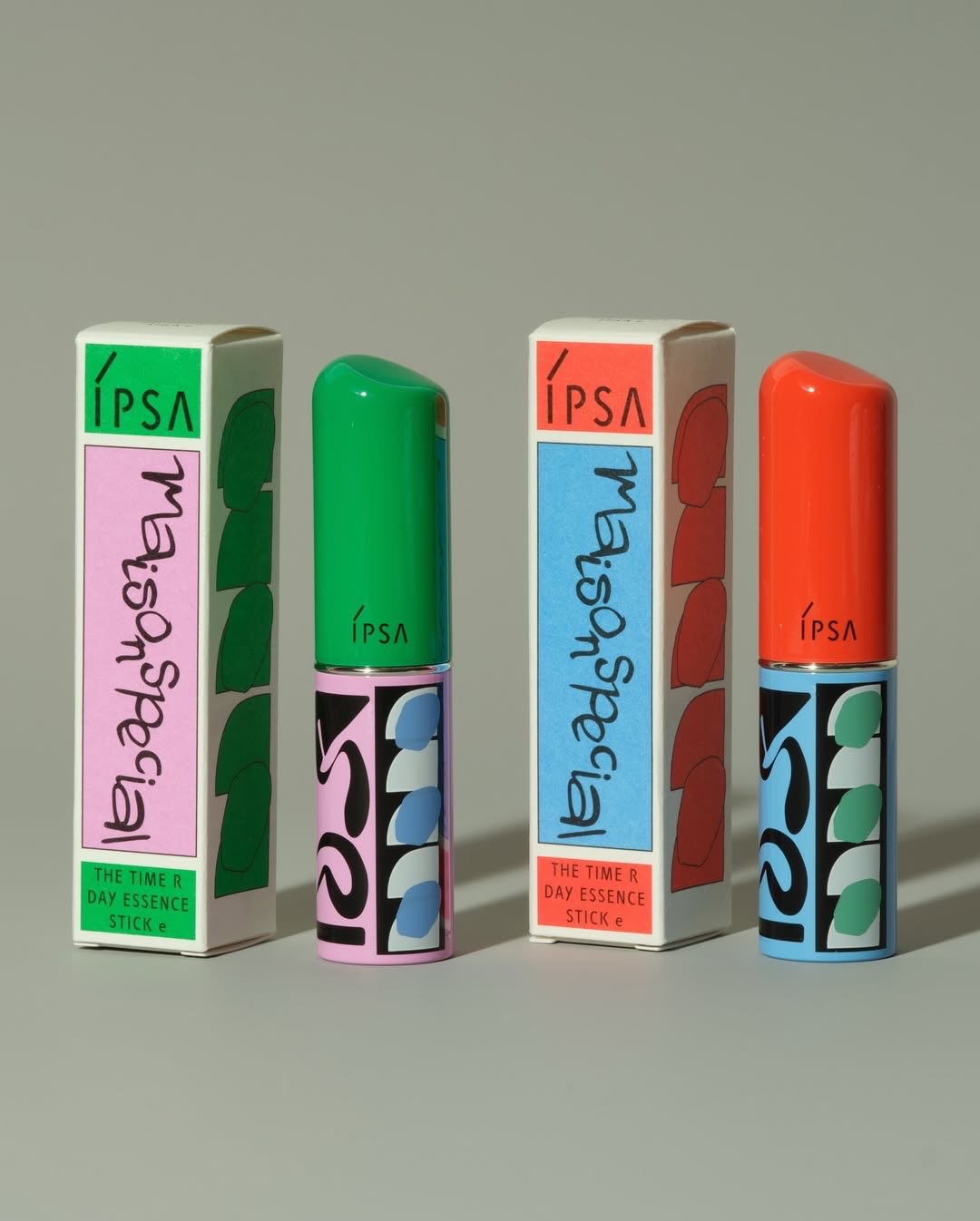In late 2017, Utz Quality Foods acquired Boulder Canyon, a Colorado-based manufacturer of salty snacks. Founded in 1994, the brand had been an early entrant in the better-for-you potato chips category—and, more than 20 years later, was still adopting a design aesthetic better suited to the 1990s. Moreover, as Boulder Canyon added new flavors and product lines, the retail experience became confusing for consumers; the brand lacked a sense of uniformity, and consumers found it difficult to navigate within the brand’s portfolio.
Adding to Boulder Canyon’s branding challenges was an influx of flavor-centric new entrants—plus thriving incumbents, such as Kettle Brand and Cape Cod potato chips. Perhaps not surprisingly, Boulder Canyon’s sales had begun to slip; in October 2017, sales had declined by 29% compared to the same period in 2016. Like many smaller players who attract big-league benefactors, it was time for Boulder Canyon to grow up—starting with a significant makeover.


